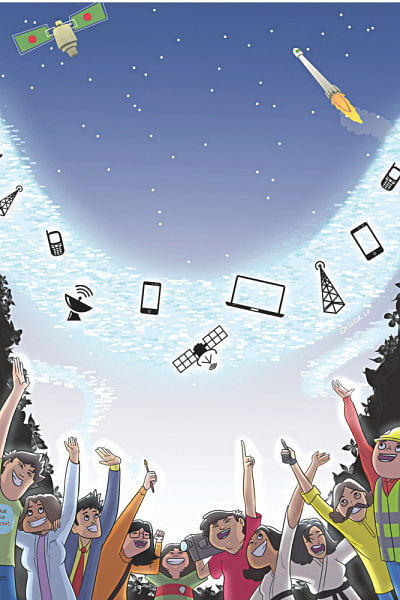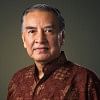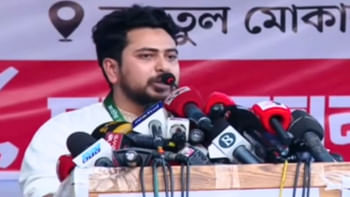Editor’s Note

Dear readers,
Past segments of The Daily Star's 29th anniversary supplement series have focused on how Bangladesh is adapting to digital platforms. In this installment, we explore the lives of the youth—for whom the digital sphere is their native universe, who are growing up and evolving in that very realm, and who comprise a part of the population that can most effectively drive Bangladesh towards a developed and sustainable future.
The stories in this issue travel through the social, psychological, intellectual, professional, and cultural facets of young Bangladesh in the era of digitisation.
What do the youth think about climate change? What are they doing for the environment? How does technology support and disrupt the state of their mental health, that too in a world buckling under the weight of global warming and frenetic over-communication? How do the youth engage with books, films, art, and other creative media digitally? How do they juggle personal passions and the harsh bites of reality, which often range from financial limitations to gender stereotypes? And how has the Metro Rail—arguably the biggest project underway aimed at automating the capital, and a project that will realistically attract far more young travelers instead of their elderly counterparts attached to their preferred modes of transport—generated work opportunities for young Bangladeshi citizens?
In trying to solve these questions and more, this issue arrives at some surprising answers. It reveals how a demographic blamed for its apathy is far more conscious than we think and how, instead of simply leaving history and traditions behind, they have found avenues to incorporate them into their digital and more chaotic lives.
But a significant afternote—the surveys here were all conducted by young experts in their respective fields, the visuals were created by young artists and photographers, and the features and interviews were all conceived, written, and edited by young journalists who were interested in portraying issues that are important to them personally. This issue, therefore, was produced entirely by the very voices that it seeks to represent.

 For all latest news, follow The Daily Star's Google News channel.
For all latest news, follow The Daily Star's Google News channel. 



Comments